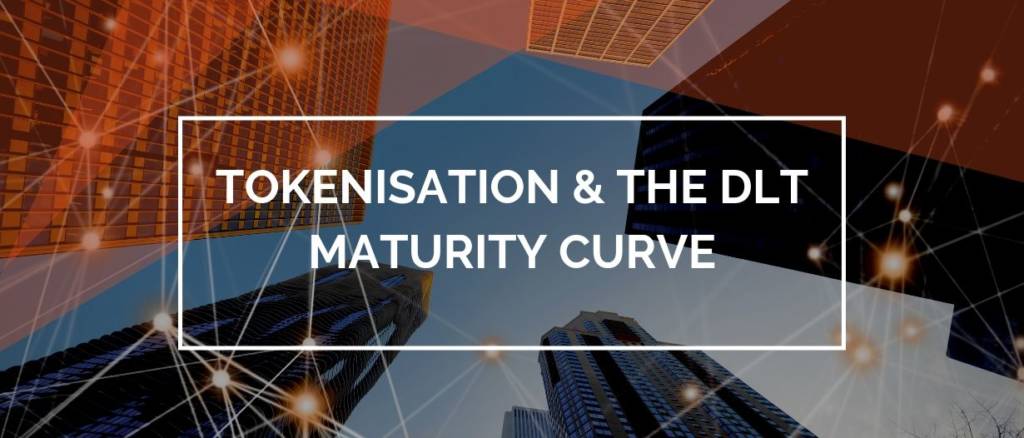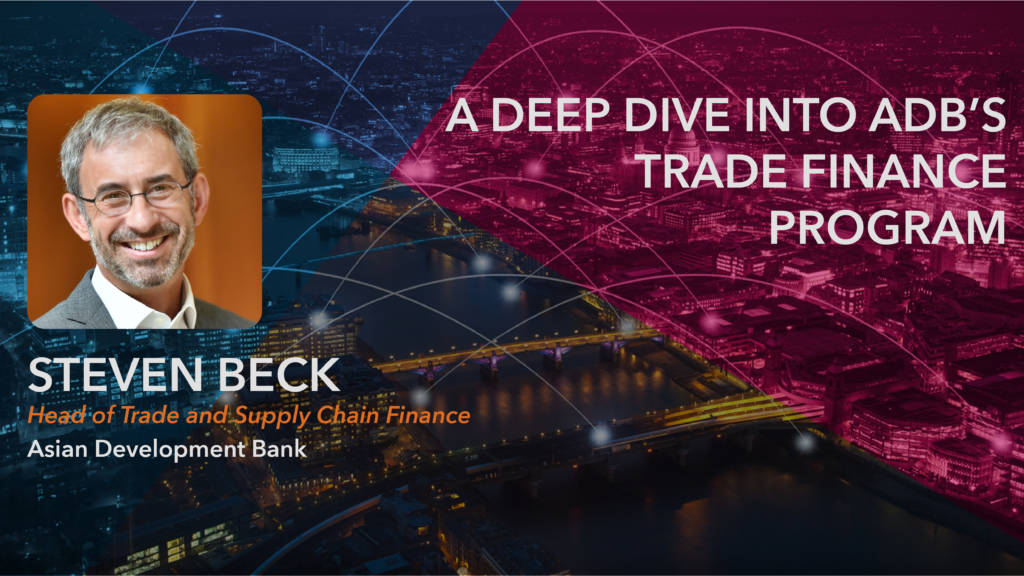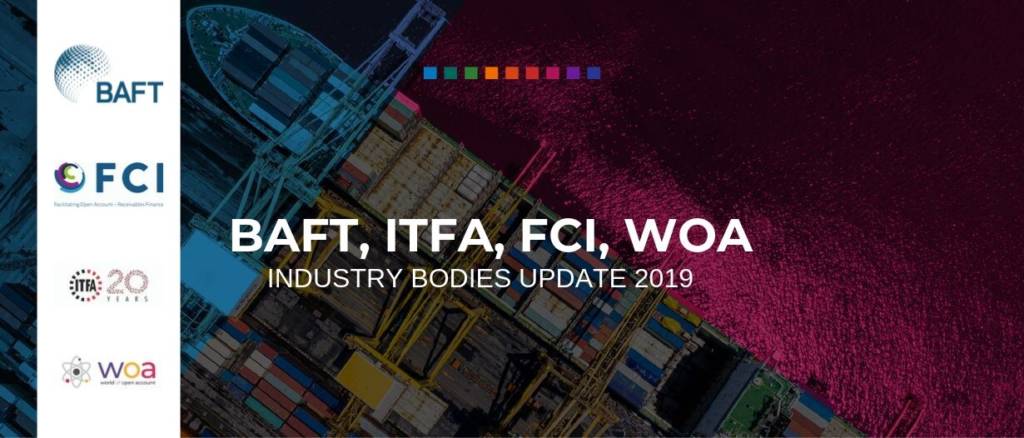The mobile phone revolution was ignited by Apple, but democratized by Google and enabled by an implementation of an open-source operating system, now called Android.
In 2012, Asian Development Bank’s Trade Finance Program (TFP) commissioned a unique study, the first of its kind, to understand and quantify the unmet demand for trade finance, known as the global trade finance gap. Over the years, TFP has updated this study to quantify and inform policymakers and market participants about the main drivers for this persistent trade finance gap.
Your Monday morning coffee briefing from TFG. Here are some of the last week’s updates from the trade sector. 16th September 2019.
Digital disruptors have forever changed the financial services industry by offering customers friction-free, easy-to-use, mobile-accessible environments and a previously unimaginable range of goods and services. And institutions are taking action.
All global industries require standards. Remember what a huge step forward it was when the carrier industry agreed on the design for a shipping container. The same is true for electronic trade documents and their supporting systems.
TFG heard from Accenture’s Cecile Andre Leruste, on the major digitisation initiatives within the commodiy finance space. Commodity finance is in a phase of major transition, driven by multiple megatrends
So you’ve built yourself a blockchain, now what are you supposed to do with it?
In today’s geopolitical climate many foreign policy makers use sanctions or similar, steps such as the refusals to grant authorisations, to place economic pressure on governments, organisations and individuals.
TFG spoke to the leading trade, banking, forfaiting, factoring and open account industry bodies to get an update on the key projects, initiatives and milestones from 2019.
How can the UK ‘green’ its finance system? Meeting the Paris Agreement’s targets on greenhouse gas emissions is no easy feat. TFG spoke to Sir Roger Gifford, Chair of the UK Green Finance Institute, on how we can integrate climate science data and risk analysis into financial decision making to get sustainability at the forefront of the agenda for governments, banks and companies.
























